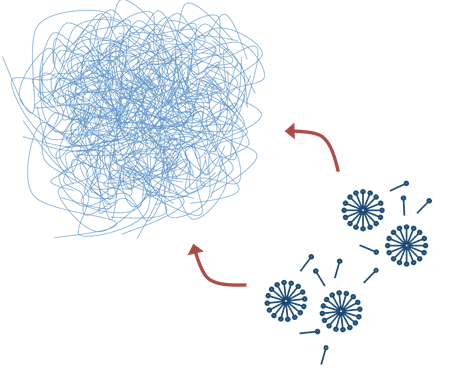Research Project
Removal of acid extractable organic compounds from spent process water
Expected to be one of the most challenging aspects for the Alberta oil sands reclamation effort is the purification of spent process water that,
as of 2010, occupies over a billion cubic metres in tailings ponds. Among the multitude of contaminants found in oil sands process-affected water (OSPW),
those which are the most acutely toxic are an extensive group of organic acids, collectively recognized as OSPW acid extractable organic compounds (OSPW-AEOs).
OSPW-AEOs require a considerably long and impractical period of time to degrade into less acutely toxic derivatives.
Consequently, the search for more rapid and effective TPW treatment strategies is currently focused on active separation methods.
My research is focused on developing adsorbent materials constructed of a highly porous, cationically-functionalized biopolymer network, specifically targeted towards capturing OSPW-AEOs.
Of particular interest are the surface-active properties of OSPW-AEOs and how they play a role in the adsorption process. This research will have a direct bearing on Canada's energy production
industry by providing a unique avenue in the search for a more sustainable oil sands operation platform.
|
|

|

Publications
Hameed, T., Quinlan, P.J., Potter, D.K., and Takacs, E.
(2011). Study of reaction between a low molecular weight, highly functionalized polyethylene and hexamethylenediamine.
Macromolecular Materials and Engineering, 297(1), 39-50



